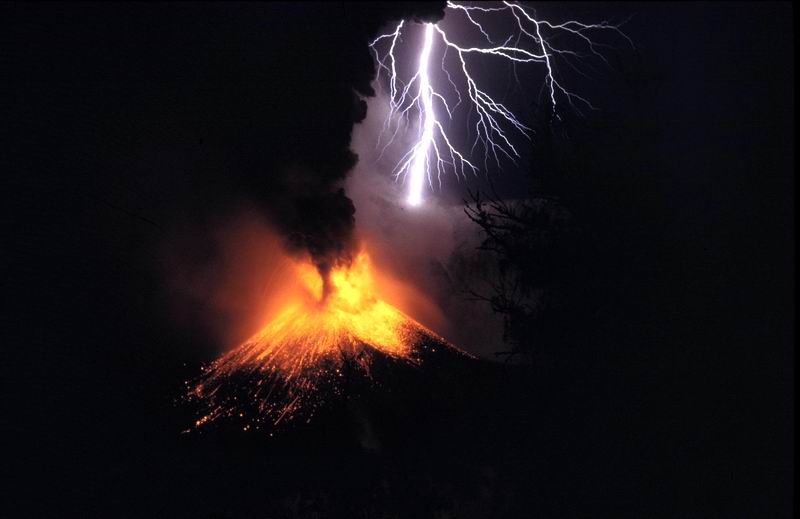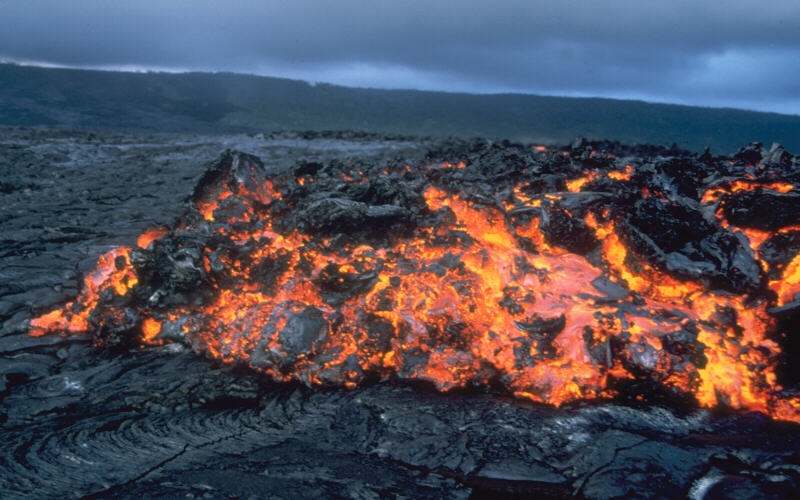Origin

Oxygen appeared in the earth's atmosphere roughly 2.5 billion years ago, a time just after the inhospitable conditions of the Archean eon where large volcanic activity was present. Back then the only life present was in theform of anaerobically respiring microorganisms that thrived in the oxygen deficient conditions. Then, cyanobacteria emerged that could photosynthesise creating oxygen and eventually with the build up of this new molecule, organisms had to adapt to the new conditions created.

The endosymbiont theory is a model to describe how mitochondria came to exist and therefore permit aerobic respiration and therefore life as we know it.

At some point during the change in the earth's atmospheric composition, a small aerobically respiring bacterium was engulfed by a larger, anaerobically respiring microorganism. The two cells then formed a relationship enabling their existence, the engulfing cell would be able to thrive in a more oxygen environment while the small bacterium gain protection from all manner of dangers inside its new found home.
There are a number of features of mitochondria that reinforce this theory. For example the organelle has its own DNA sequence called mitochondrial DNA (mtDNA) which is entirely different to that of the DNA code of the rest of the cell found in the nucleus. Another piece of evidence is that mitochondria possess their own double phospholipid membrane which also contains a similar make-up to that of bacteria. As well as these facts, mitochondria replicate through binary fission, where the organelle simply splits in two, another feature of bacteria.
All images courtesy of wikimedia. These images are in the public domain and thus free of any copyright restrictions.
